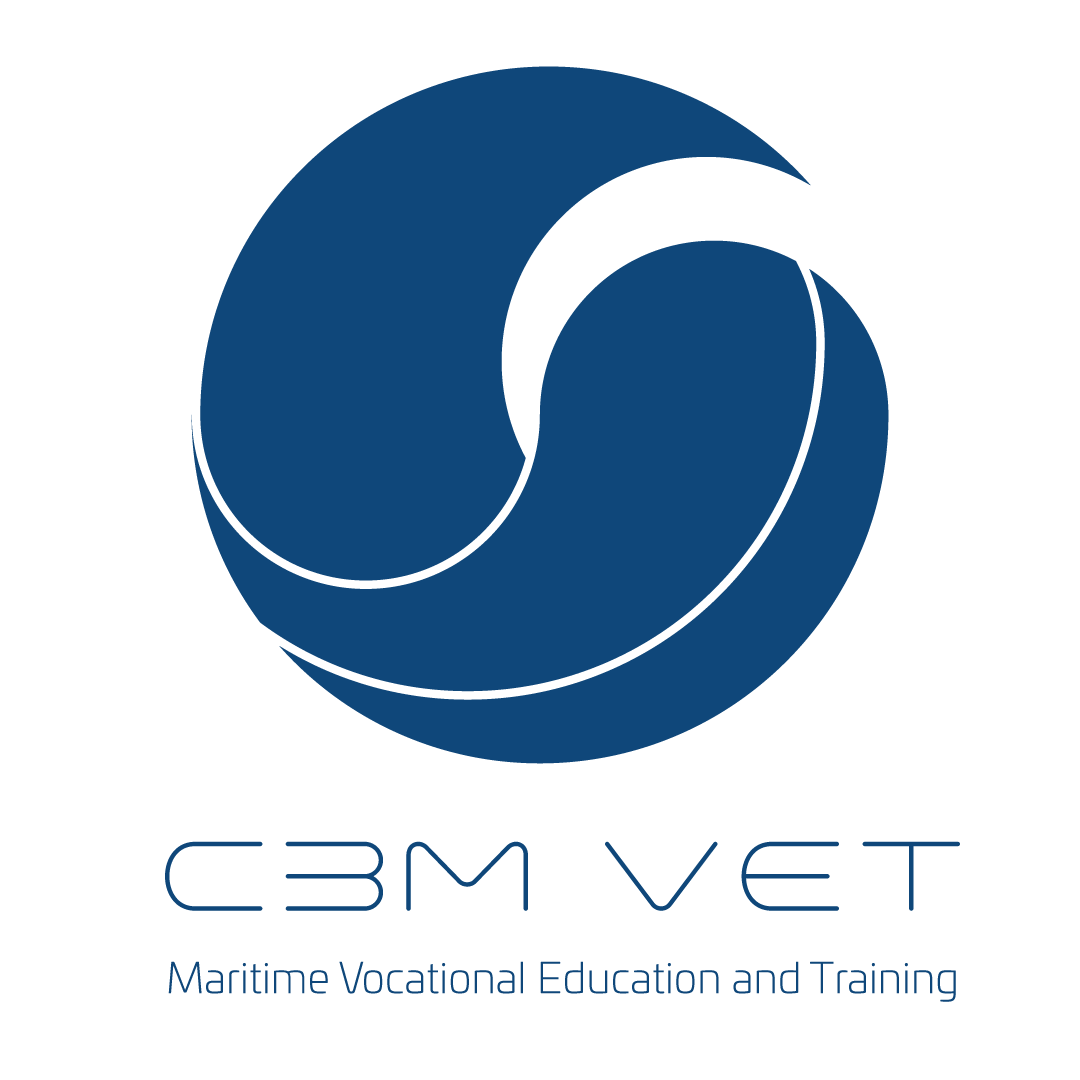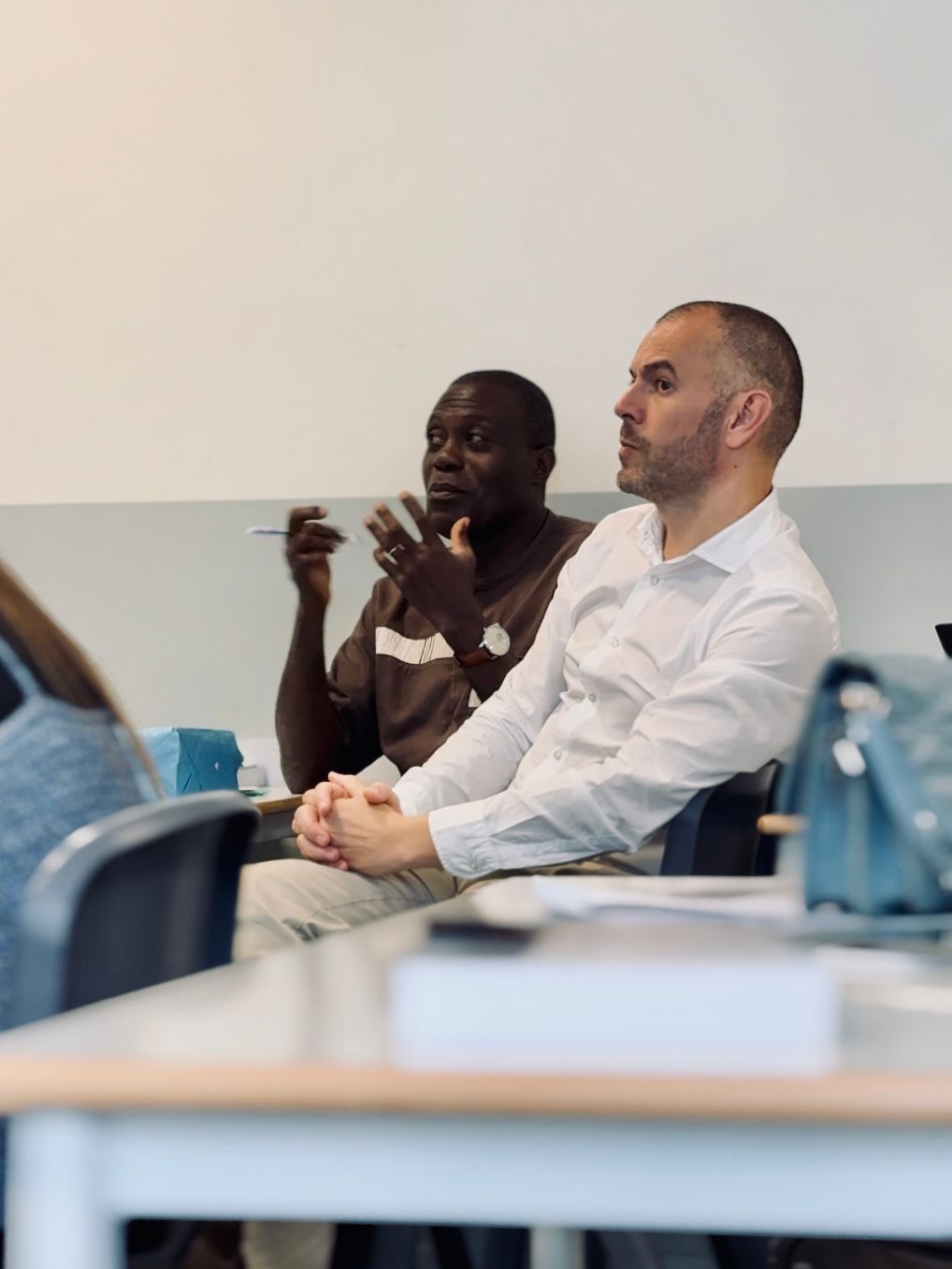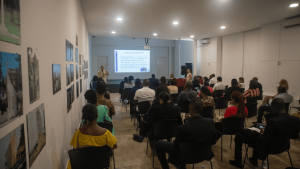WP5 – Review and Impact Assessment: Activity Report
WP5 (Work Package 5) is a crucial phase of the project that aims to contribute to the effectiveness and impact of the actions implemented, focusing on monitoring, validation and evaluation to check that the project’s action plan achieves the objectives set and that the needs of end users and stakeholders are adequately met. Below we detail the main activities carried out and planned, according to the schedule.
Planned activities
1. Control / Monitoring / Validation of Planned and Executed Actions
This activity aimed to assess the degree of alignment between the results achieved and the objectives set, taking into account the results of WP3 and WP4, and involved monitoring and evaluating the actions defined in the action plan, checking that they were implemented according to schedule and achieved the expected results. The actions were based on a combination of technical visits, interviews with stakeholders and analyses of progress reports.
The validation process included analysing the actions carried out to date and comparing them with the needs identified in WP2 and those planned in WP3. To this end, between 16 and 19 September, a team of experts made visits to check on the progress made in the areas involved in the project.
2. Developing and Updating the Long-Term Action Plan
A long-term action plan was developed at the start of the project, but as part of WP5, this plan was revised and updated based on the data obtained during the monitoring and evaluation phase. This ensures that the project remains dynamic and responds to changes and challenges that may arise over time.
During the visits and validations, input was also gathered on other needs within the scope of the project, as well as on opportunities for future collaboration that influenced the updating of this plan, namely in relation to sustainability goals and long-term impact.
3. Evaluation of End User Satisfaction
This activity aimed to assess/evaluate the degree of alignment between the needs of end users (identified in WP2) and the solutions provided in WP4, and subsequently the degree of user satisfaction.
The effectiveness of the project cannot only be measured by the technical results, but also by the satisfaction of the stakeholders and end users. To this end, structured interviews were conducted with these parties, focussing on assessing the effectiveness of the actions implemented to date and the results obtained.
Interviews with relevant stakeholders (16-19 September): During the visits, interviews were conducted with relevant stakeholders to capture their perceptions of the project’s impacts on their operations and expectations. This feedback is essential for refining and improving the interventions.
4. Visits and Validations
Between 16 and 19 September, there were technical visits to some of the main institutions from San Tome y Principe included in the project. The aim of these visits was to:
- Checking the progress of the actions implemented at the sites.
- Assess the specific conditions and needs of each institution.
- Collect direct feedback from users, partners and other local stakeholders, including port operators, regulators and other key entities.
The following organisations were visited and interviewed:
- DECEL
- MARAPA
- APCI
- Commander of the Coast Guard
- Maritime and Port Institute
- Rectorate of the University of STP
- Director of the Budo-Budo Centre
- Director of ENAPOR
These visits played a crucial role in validating the actions, helping to check that the objectives and deadlines were being met, and identifying areas that needed adjustment.
Conclusion
WP5 plays a decisive role in monitoring, validating and evaluating the actions planned in the project. This process seeks not only to assess the degree of implementation of the action plan, but also to optimise the interventions based on the real needs and expectations of the stakeholders. The continuous development of a long-term action plan, combined with the validation of the actions implemented and the evaluation of user satisfaction, ensures the sustainability and positive impact of the project in the future.






